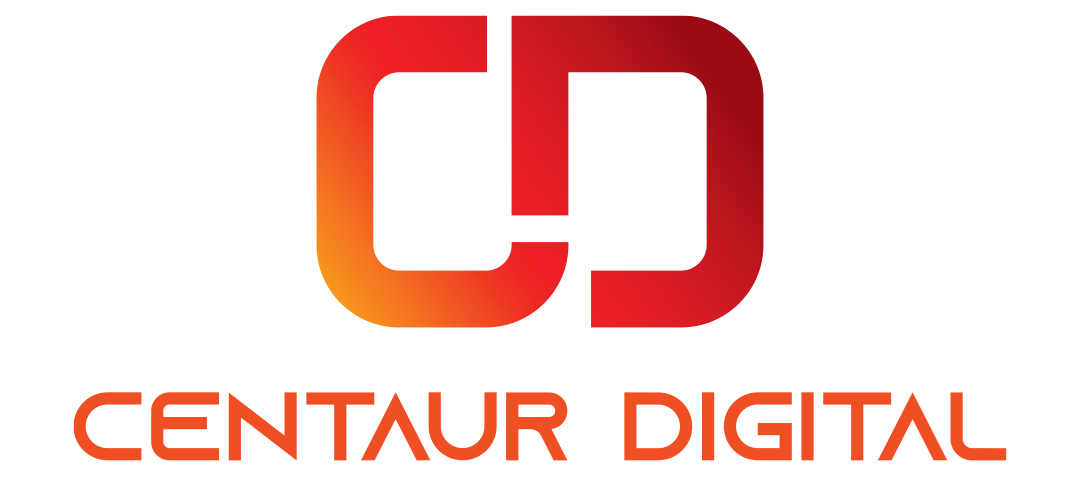On a slow day in November, Tim logs into his accounting software to see where his profits are this year. His business has been on an amazing growth trajectory since last year: sales grew tenfold while expenses barely doubled. He has been living every business owner’s dream with cash pouring into his business seemingly without end. And like other business owners, he is also worried about how much he’s going to pay in taxes.
While there are many ways business owners can reduce taxable income, some are better than others. A question that CPAs get a lot is this: Should I buy some equipment, vehicles, or incur other business expenses to decrease my profits? This tax strategy is often referred to as accelerating expenses. It is typically part of a larger strategy to shift profits from one year to another using various business and accounting tools.
The premise of this tax strategy is easy to understand, but the implications are complex. If executed incorrectly the tax strategy to accelerate expenses or delay income might actually increase your taxes or outright cost you money. To determine if this tax strategy will benefit you, here are a few ideas to keep in mind:
1. Determine necessary expenses
When considering shifting expenses, the expenses must be necessary. Don’t use tax savings to justify a business expense, because incurring unnecessary business costs to decrease taxes is never a sound strategy.
2. Find your marginal tax rate
To determine if shifting profit from one year to another makes financial sense, first find your marginal tax rates for both years. If your marginal tax rate does not change, then shifting profits will not yield a tax benefit. If the tax rate is higher next year, shift income to the current year; if it’s lower, shift income to the next year.
3. Prepay monthly expenses
If you determine shifting profits to next year is the best strategy, a quick way to implement the strategy is to prepay your monthly subscriptions. As a bonus you’ll likely get a discount by paying one to two years in advance. The inverse strategy is to switch to monthly payments or delay paying some expenses until next year.
4. Manage your invoicing
While expenses are easier to shift, invoices or sales can be more difficult because you typically lack control of when the client pays. One way to exert some control is to delay sending out year-end invoices. If you don’t send invoices, clients usually can’t pay you, so you’ll have more income next year. You can also influence client payment dates by offering discounts for early payments.
5. Reinvest in your company
To reduce taxes, consider reinvesting in your company, such as by purchasing new equipment which can typically be deducted in the year of purchase. This strategy, however, has only a short-term benefit, since any investment should bring higher cash flow in the future. If done correctly, reinvestment will still yield a net benefit even though it might not reduce your taxes.
There are many ways that businesses can manage their taxable income. However, if you have a profitable business, you’ll have to pay taxes—there is just no legal way around it. Getting a tax deduction for business losses is a poor consolation prize for those owners who are losing money. Always focus on making money first before worrying about taxes.
After a few more days of online research, consulting with his business coach, and getting advice from his CPA, Tim has a clearer idea of what to do. He expects next year to be even better, and this will push him into the next tax bracket. He decides that the best strategy is to accelerate income as much as possible so he is sending out his year-end invoices early and offering a discount for timely payment. While he might have just enough money for taxes this year, he’ll be much more prepared for the future.
This article originally appeared on Forbes
